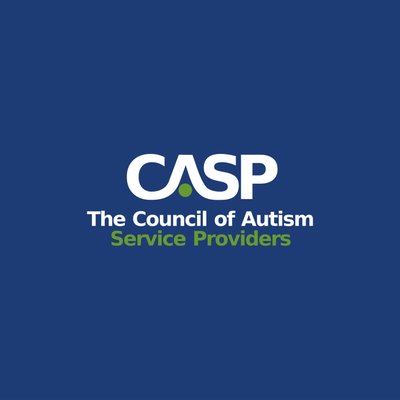BLOG
Welcome to the Golden Care Therapy Blog—your go-to source for evidence-based insights and practical tips on autism and ABA therapy. Explore the latest research, hands-on strategies, and expert guidance designed to help your child thrive at home, in school, and beyond.
Supplements play a significant role in supporting children with autism by addressing nutritional needs and potentially enhancing their overall well-being. Many parents and caregivers are exploring various options to help manage symptoms and promote better health outcomes for their children. A study revealed that vitamin and mineral supplements are among the most commonly recommended medical […]
Food refusal is a common challenge faced by children diagnosed with autism spectrum disorder. Food selectivity in these children can manifest in various ways, leading to significantly restricted dietary patterns. Research indicates that autistic children are more likely to refuse foods based on certain characteristics compared to their typically developing peers. That said, food selectivity […]
Vitamin D deficiency is a significant concern in children with autism. Research reveals that autistic children consistently report significantly lower levels of vitamin D compared to their typically developing peers. This deficiency can have various implications for their overall health and development. Studies also reveal that children who are, or who are destined to become, […]
Key Points: Baseline data ABA is like a roadmap for your child’s growth. By measuring their current skills and behaviors, therapists can create a personalized plan that targets their needs. It’s the first step toward meaningful progress and a brighter future for your child. What Is Baseline Data in ABA Therapy? Baseline data in ABA […]
Research indicates that children with autism are at an increased risk of developing food allergies. Specifically, autistic children are more than twice as likely to experience food allergies compared to their typically developing peers. Based on statistics, 11.25% of children with autism have food allergies, while only 4.25% of typical children are affected. This discrepancy […]
The Port Authority of New York and New Jersey – a Corporate Partner of the FTE Digital, Innovation & Startup Hub – has taken another significant step toward ensuring accessibility and inclusion in air travel. In a move designed to better accommodate neurodivergent individuals and travellers on the autism spectrum, the agency has unveiled the […]
When it comes to supporting children with autism, timing is everything. That’s why early intervention using Applied Behavior Analysis (ABA) therapy is so critical—especially for families in Middlesex County, NJ, where access to high-quality services can mean the difference between delays and development. Whether you’re just beginning your journey or seeking better options, this guide […]
Once a child is diagnosed with autism, parents often begin to explore what that diagnosis means in everyday life. One area that often goes unnoticed at first is the presence of other health conditions that may come along with autism. These are called medical comorbidities, and they are quite common in children with autism spectrum […]
Gait abnormalities, such as toe-walking, unsteady steps, or unusual posture, can be concerning for parents of children with autism. These movement differences often raise questions about what’s typical, what’s not, and whether they indicate a deeper issue. Understanding the connection between autism and gait can help caregivers, educators, and healthcare professionals better support the child’s […]
Key Points: Does your child with autism talk nonstop about trains, dinosaurs, or their favorite show? This behavior, known as constant talking, is common in autism and often serves a purpose. By understanding its causes—like communication challenges or self-regulation—you can create strategies to support your child effectively. Let’s break it down. Autism Constant Talking: an […]


